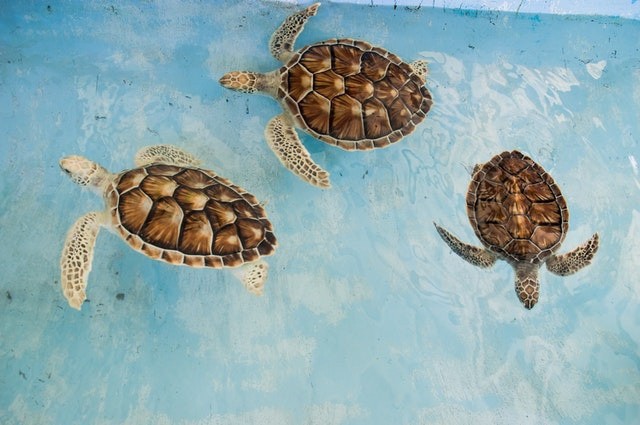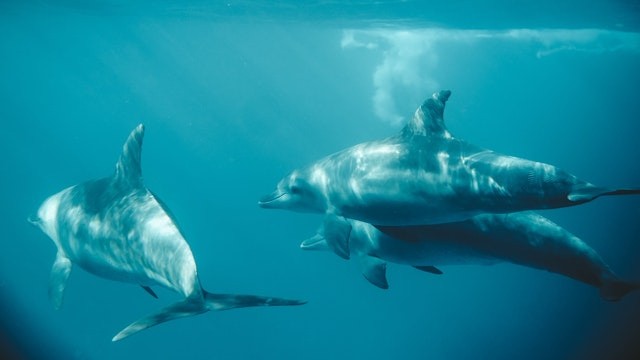A beady-eyed shark surrounding its prey is a typical phase known to some ocean enthusiasts. Except this fascinating circling behavior is not all it appears to be, according to recent research that has noticed sea turtles, whales, and penguins also swimming in circles.

Marine Megafauna Demonstrates Identical Circling Behavior
The University of Tokyo, Japan marine biologist and lead author of the study Tomoko Narazaki explained that they have discovered a broad variety of marine megafauna demonstrating identical circling behavior, in which animals circled sequentially at a fairly steady speed more than twice.
Tracing their activities in three dimensions and watching when and where tailed creatures were willing to circle, the scientists have emerged with a legion of likely reasons why. Though of course, the study brings up more likelihoods to examine than it has answers, so let's get into it.
The scientists initially observed these incredible circling characters in green sea turtles, which had been tracked and marked using 3D data loggers as an inclusion in another research.
Narazaki explained that he doubted his eyes when he initially looked up the data because the turtle circles so steady, exactly like a machine. Narazaki has also researched on why sea turtles swim so sluggishly.
19 Creatures Traced
He said when he got back in his lab, he reported this intriguing finding to his colleagues who use the exact data loggers to research a broad range of marine megafauna taxa. What they discovered was that sea turtles were not on their own: penguins, sharks, and whales demonstrated more or less the exact circling actions as well
To research this wide range of marine animals, the scientists cooperated with field volunteers and local scientists in Japan, the Comoro Islands off the east coast of the Crozet Archipelago, and Africa further south in the Indian Ocean, with some assistance from the British Antarctic Survey also.
They traced 19 creatures in total, including king penguins, Antarctic fur seals, goose-beaked whales, a whale shark, and tiger sharks. Prior to this, marine life has been traced wide and far, but either horizontally across the ocean surface or down to high-pressure depths with the use of depth satellite tags or scribes.

Documented Circling Scenes
The kinds of multiple-sensor data loggers of which this research group used, have now rendered it practical for scientists to assess fine-scale animal activities across depth, longitudes, and latitudes, and down to a duration-scale of seconds - a remarkable feat in the world's expansive oceans.
You'd imagine swimming in a direct line would be the best effective means to move about - and it is, from the standpoint of conserving energy. Though in a wide ocean that has blue in all paths, animals are creating a beeline from one spot to another may be swimming directly past a banquet of an opportunity, so better be curious, and circle.
Many of the circling scenes were documented in places where the animals normally forage for food. For example, Galeocerdo cuvier (four tiger sharks) marked off the coast of Hawaii circled up to 30 times and down to almost 426 ft (130 meters) in their feeding arena.
For more news, updates about animals swwimimg in circle and similar topics don't forget to follow Nature World News!
© 2025 NatureWorldNews.com All rights reserved. Do not reproduce without permission.






